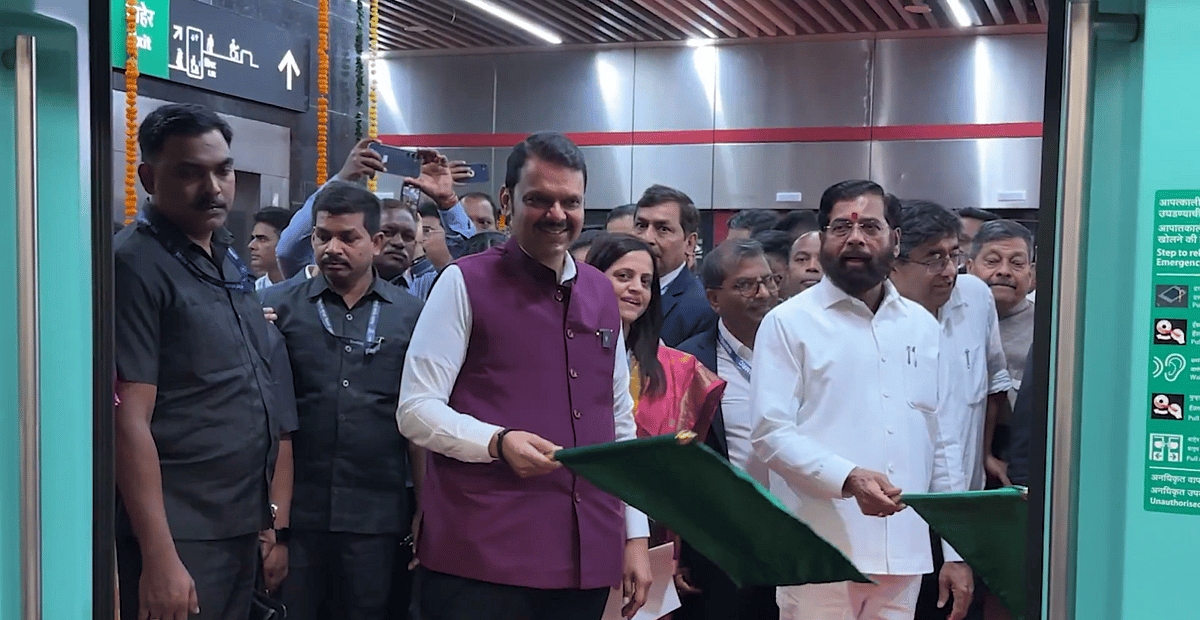Mumbai Metro Line 3 (Phase 2A) Highlights: Everything You Need To Know, From Top Features To Fare | X|@Dev_Fadnavis
Mumbai: Maharashtra Chief Minister Eknath Shinde and Deputy Chief Minister Devendra Fadnavis inaugurated Phase 2A of Mumbai Metro Line 3 on Friday, marking a significant milestone in the city’s urban transit transformation. The newly opened stretch runs from Bandra-Kurla Complex (BKC) to Acharya Atre Chowk, covering 9.77 km of fully underground track and comprising six stations.
This newly inaugurated segment is part of India’s longest underground metro corridor, hailed as an “Engineering Marvel.” The project, launched in 2017, is progressing rapidly toward completion. The final phase from Acharya Atre Chowk to Cuffe Parade is expected to be operational by August 2025, with a formal inauguration planned by Hon’ble Prime Minister Narendra Modi.
Metro Line 3 (Phase 2A) Highlights & Price
This 9.77 km fully underground section includes six advanced stations designed for high passenger convenience and safety. Operated with eight trains, the line runs at a frequency of every 6 minutes and 20 seconds, offering smooth and timely travel for thousands of daily commuters. Fares on this route are affordable, ranging from Rs 10 to Rs 40 depending on the distance.
Here Is Top Features Of Metro Line 3 (Phase 2A)
The features such as air-conditioned trains and stations, reserved coaches for women, high-tech baggage screening, 24×7 CCTV surveillance, digital route maps, infotainment screens, and seamless mobile connectivity, Metro Line 3 is built to offer a modern, secure, and commuter-friendly experience.
The line also ensures full accessibility for persons with disabilities and includes emergency communication systems, fire suppression units, and multilingual guidance for passenger support. Overall, Phase 2A is not just about speed it’s about safety, comfort, and redefining the daily journey across Mumbai.
Easy Connectivity
The newly inaugurated Phase 2A of Mumbai Metro Line 3 significantly enhances citywide connectivity, offering direct access to major business districts such as Bandra-Kurla Complex (BKC) and Worli. The BKC station is also set to become a crucial transit hub with future integration into Metro Line 2B and the upcoming Mumbai–Ahmedabad Bullet Train.
In addition to commercial zones, the line provides convenient connectivity to key religious landmarks, including Siddhivinayak Temple, Mahim Dargah, and several churches. Cultural and entertainment destinations like Shivaji Park, Yashwant Natya Mandir, Ravindra Natya Mandir, and Plaza Cinema are also easily accessible via this route. Building on the success of previous metro lines, this phase further strengthens Mumbai’s push toward a faster, smarter, and more inclusive public transport system.
